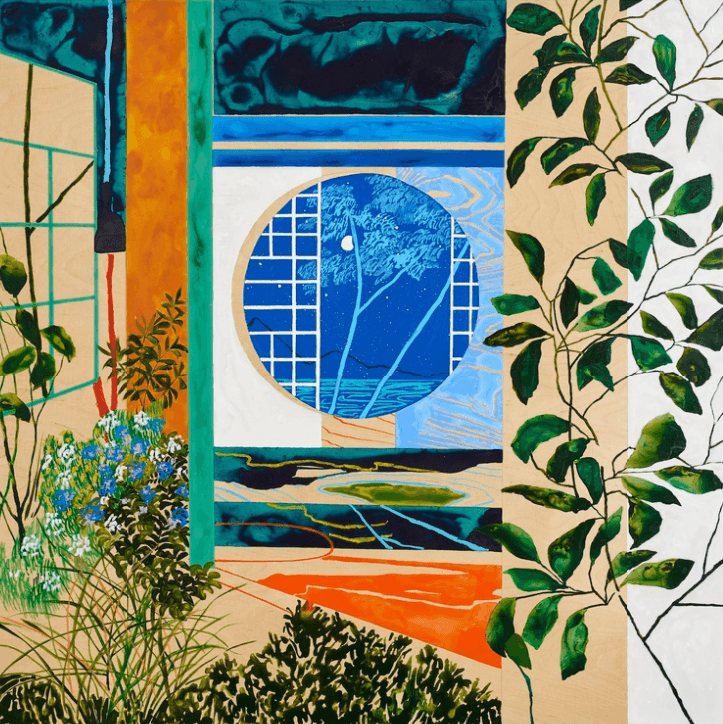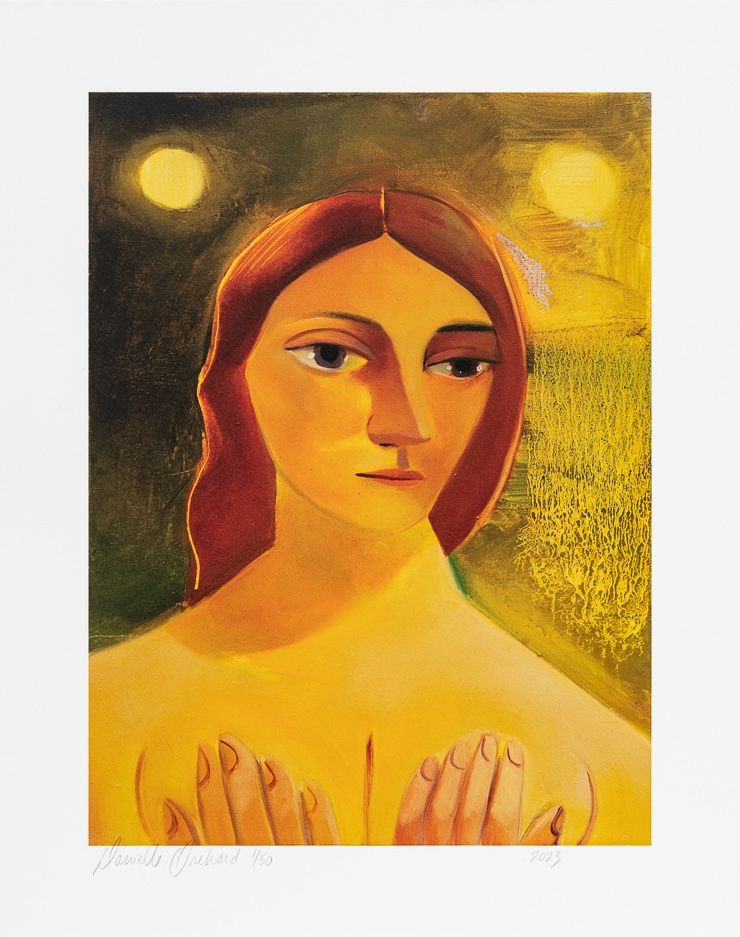
Celebrating Women in Art: How Female Artists Are Shaping the Secondary Market
Historically, women artists have faced significant barriers in achieving market recognition, with their works often undervalued compared to their male counterparts.

The secondary art market has long been a space where recognition and value are reassessed, often defining an artist’s legacy. Historically, women artists have faced significant barriers in achieving market recognition, with their works often undervalued compared to their male counterparts. However, in recent years, the landscape has begun to shift, with female artists increasingly commanding attention and reshaping the secondary market.
The Rise of Women Artists in the Secondary Market
The growing demand for work by female artists is evident in auction records and private sales. Pioneering figures such as Georgia O’Keeffe, Frida Kahlo, and Yayoi Kusama have set high benchmarks, proving the market’s willingness to recognise female talent. Contemporary artists like Jenny Saville, Cecily Brown, and Simone Leigh are also making waves, achieving substantial sales and influencing art collectors worldwide.
Several factors contribute to this positive change. Increased advocacy for gender equity in the art world, institutional reassessments of overlooked artists, and the rise of digital platforms providing direct visibility have all played pivotal roles. Social media has amplified female artists’ reach, making their works more accessible to collectors and enthusiasts alike.
 Charlotte Keates, Through a Lens
Charlotte Keates, Through a LensThe Role of Collectors and Institutions
Private collectors and institutions have also been instrumental in fostering this shift. Museums and galleries are actively working to diversify their collections, ensuring that female artists are adequately represented. Collectors are increasingly recognizing the investment potential in works by women, leading to higher resale values and greater visibility in major sales.
Additionally, secondary market platforms like FairArt are further democratising access to female artists’ works, ensuring that resale transactions include artist royalties. This model not only benefits collectors but also reinforces long-term value for artists themselves.
 Danielle Orchard, A Warm Garden
Danielle Orchard, A Warm GardenA More Equitable Future for Women in Art
While progress has been made, there is still work to do in closing the value gap and ensuring sustained recognition for women in the art market. Continued support from collectors, curators, and art institutions will be crucial in maintaining momentum.
By celebrating and investing in female artists, the art world moves toward a more equitable and inclusive market—one where talent and vision take precedence over historical biases. As more collectors and platforms champion these artists, the secondary market will continue to evolve, fostering a richer and more diverse art landscape.
